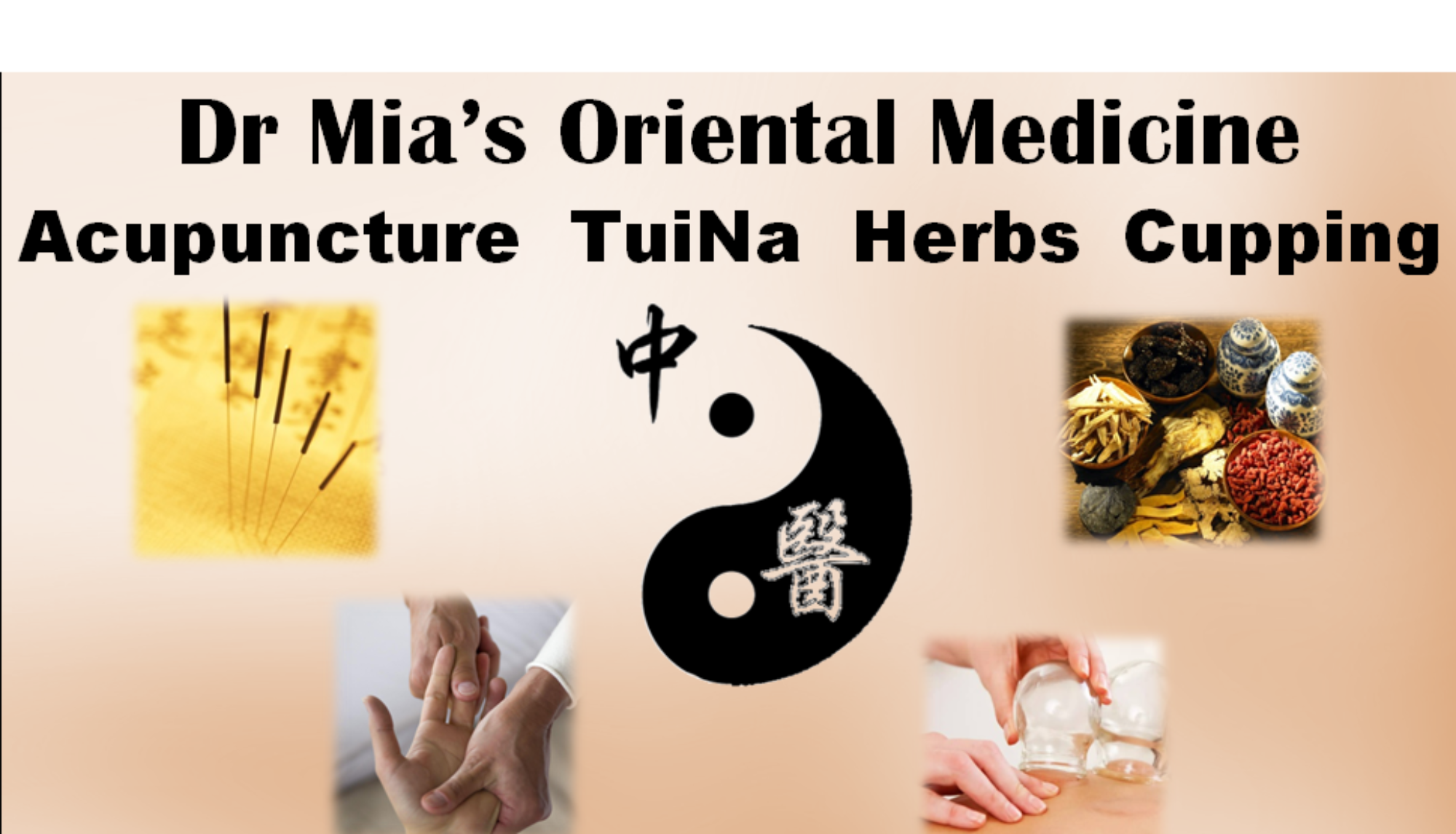Ghost Points Theory and Applications
The ghost points come from the Tang Dynasty (618-907 AD) publication from Sun Si-Miao called the “Thousand Ducat Formulas”. Arose as culture was becoming more advanced and psychological illnesses became more prevalent. Began a systemic approach to the treatment of mental illness (“kuang dian”)
The ancient Chinese spoke of possession by demons and ghosts. Some speculate that the Chinese were talking about the spirit word and others think this was their way of speaking of addictions, mental illness and epilepsy.
The 13 Ghost Points come from Sun Si-Miao, an acupuncturist and herbalist in China during the Tang Dynasty (618-907 AD) who has also been called “The Medicine Buddha” and “The King of Medicine”. His most famous writings are the 30 volume Prescriptions Worth a Thousand Gold Ducats. His second book contained folk remedies and included references to mystical and magical practices and exorcisms, 32 drugs said be be successful against demons and the 13 Ghost Points.
Sun Si-Miao realized that as a culture advances psychological illness becomes more prevalent The 13 Ghost points are a systematic approach to treat mental diseases and epilepsy. Sun Si-Miao explained the ghost (gui in Chinese, meaning excess phlegm) and how it influenced the life of a person and it’s steps in taking over, The ghost points are grouped in the Four Trinities and one extra point (under the tongue or between the eyes). The Four Trinities represent the progression of mania from first not feeling quite like yourself to doing things out of character. Later the person becomes fixated, secretive and controlled by these feelings. As the ghost takes over the health of the person suffers and the spirit must depart.
The Song of the 13 Ghost Points protocol is a specific order of needling and techniques used. These points are not all needled in one session and in each session a different set of 3 points may be needled.
FIRST TRINITY – these points are the beginning of the path of psychological dysfunction. There is a build up of phlegm (gui) blocking the orifices of the heart leading to the wandering of the shen (mind). These points expel wind and heat.
- DU 26 (Ghost Palace) – Associated with inheritance, ancestral genetics. There may be inappropriate spontaneous laughter or crying. Irritability is prevalent as is epilepsy and fatigue.
- LU 11 (Ghost Faith) – Represents worldly affairs and undertakings. Treats epilepsy and sore throat and clears heat in the channel.
- SP 1 (Eye of the Ghost) – Represents one’s own body. Feelings of disorientation in the world in and one’s body. Used also for epilepsy and resuscitation.
SECOND TRINITY – Wind has caused either excess movement or paralysis. Attitudes become inflexible. The person has no direction in life.
- PC 7 (Ghost Heart) – Material desires. Frequent laughing or crying. Irritable. Craves material objects – a shign of the ghost trying to get to the heart.
- UB 62 (Ghost Path) – How a person deals with the world. The person is now believing and walking the path witht he ghost. Epilepsy, paralysis and headaches.
- DU 16 (Ghost Pillow) – Also called Warehouse of Change. Represents flexibility and the ability to adapt to change. The ghost has gained access to the brain. The person now sleeps with the ghost. Rigid tongue, lock jaw, loss of voice, headache.
THIRD TRINITY – Alcoholics and addicts. They are stuck here using the alcohol and drugs to get the fire going.
- ST 7 (Ghost Bed) – Looking at suffering but not ignoring it. Fully possessed by the ghost the person assists with true empathy. Lock jaw and neurological conditions.
- REN 24 (Ghost Market) – Appreciating one’s own resources. The ghost is absorbing the yin here. Negative outlook consuming the yin. The body gets weak, thin and deteriorates. Nosebleeds are the body trying to get the ghost out.
- PC 8 (Ghost Cave) – Acknowledging the true person. The person no longer knows who they are. The ghost makes the person self destructive. Paranoia, fever, sweats. Heat in the nutriative blood.
FOURTH TRINITY – The ghost has fully taken over and the patient’s health demises.
- DU 23 (Ghost Hall) – The ghost has taken over. Phlegm is blocking the pathways and the pituitary gland. Nasal congestion, poor vision, dizziness, alzheimers
- REN 1 (Ghost Hidden or Ghost Store) – Embracing the self. The ghost has consumed the yin. Urinary and bowel leakages or obstructions, menstrual issues, prolapses
- LI 11 (Ghost Official) – Responsibility for self. Outlook and emotions, fever, vomit, coma.
THE 13th POINT
- Gui Feng (Ghost Seal) – This point is located under the tongue at the center of the lingual frenulum. It assists with enlightenment. Also used for schizophrenia. It is not needed but rather pricked and bled
Sometimes Yin Tang (Hall of Impression), not a ghost point, located between the eyes in the area of the third eye is also used for assisting with enlightenment and schizophrenia. I am guessing this point is used instead of Gui Feng for it’s accessibility and ease

